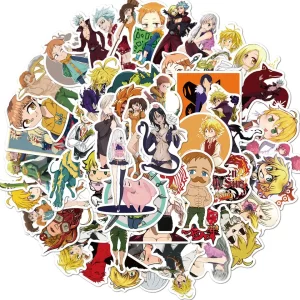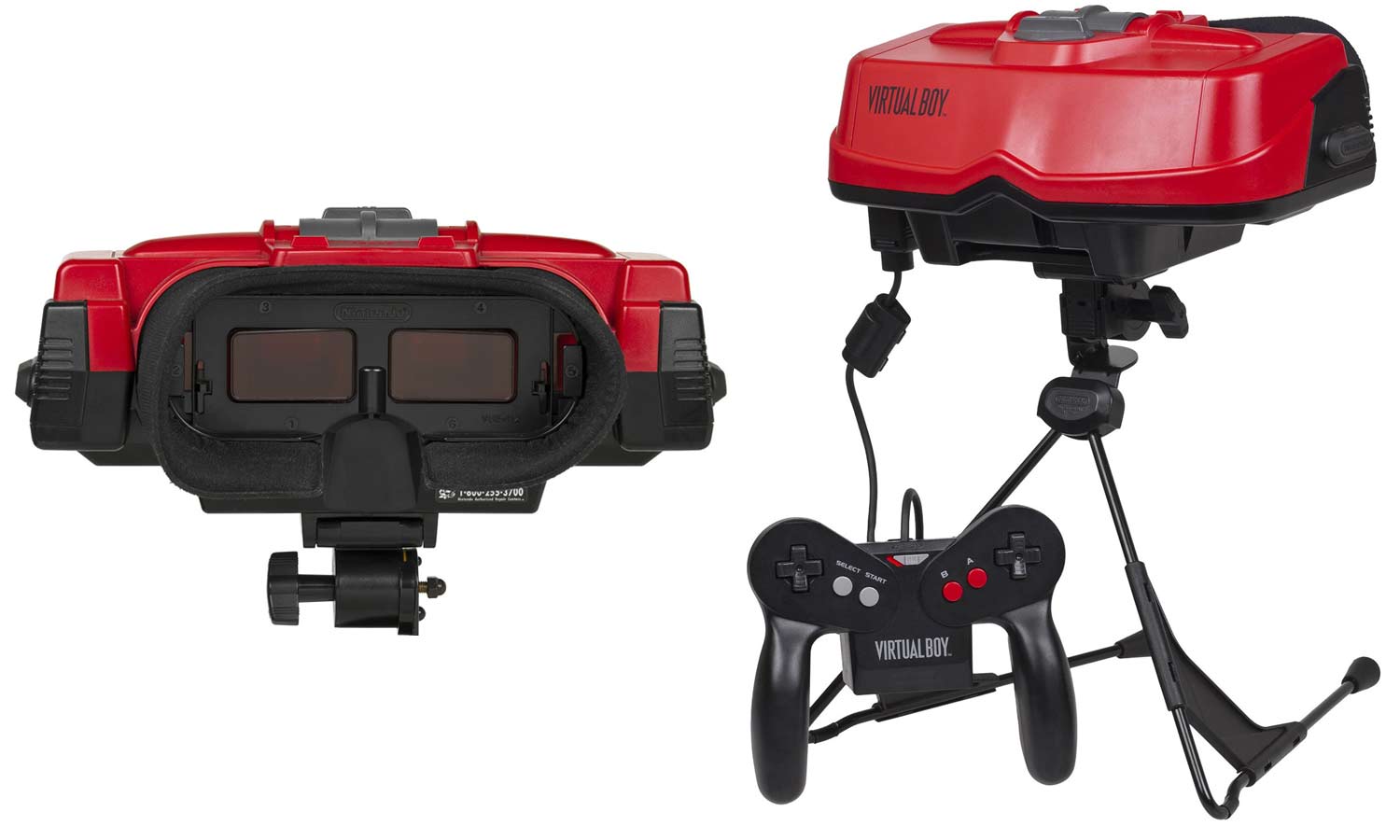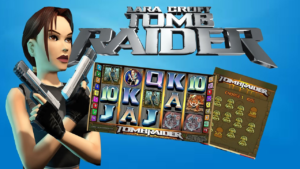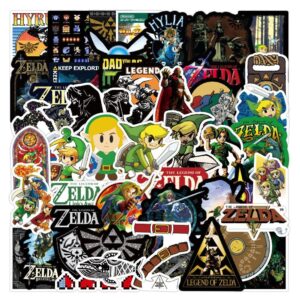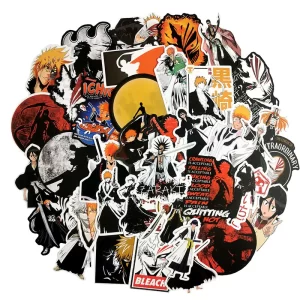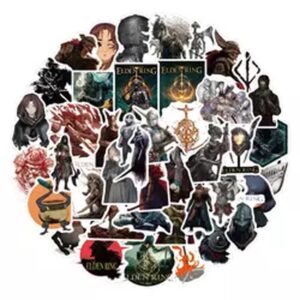The Nintendo Virtual Boy was a unique device that was released by Nintendo in the mid-1990s. This console’s incredible history and design features make it a fascinating topic to explore. Originally released in 1995 in Japan and North America, the Virtual Boy was designed to create a 3D gaming experience, much like today’s virtual reality devices. However, the Virtual Boy was unique in that it used a visor-like structure through which the games were viewed, creating a distinctive monochrome red display. Despite its unique look, the console was not a commercial success, and was eventually discontinued. In the following sections, we will explore the Nintendo Virtual Boy in detail, including its history, technical specifications, sales, games, and a review of how it stacks up against other consoles of the era. Let’s dive in and explore the world of the Nintendo Virtual Boy.
Nintendo Virtual Boy Overview
The Nintendo Virtual Boy is a curious piece of gaming history that made its debut in 1995. Unlike traditional gaming consoles of the time, the Virtual Boy was designed to be a virtual reality experience, with players able to see games in 3D. The console’s design was simple: it was a pair of goggles attached to a stand.
Hardware and Software Specifications
The console used a 32-bit RISC processor and was capable of producing a resolution of 384 x 224 pixels. The games were displayed in monochrome red and black, which was quite limiting when compared to the color displays of other consoles. Additionally, the console used six AA batteries, which made it a little more inconvenient than its competitors.
Design Features and Functionality
The main feature of the Virtual Boy was its unique design. The goggles sat on a stand, which allowed gamers to sit down and play comfortably. To play a game, players simply had to look through the goggles and adjust the focus to see the 3D display. The console also included a controller with a directional pad and buttons, which was used to control games.
Despite its interesting design, the Virtual Boy did have some notable flaws. The monochrome display was a significant limitation, and the console’s design made it quite uncomfortable to play for extended periods. Additionally, the Virtual Boy suffered from a lack of third-party support, as many developers opted to create games for other consoles.
Overall, the Nintendo Virtual Boy was an innovative console that attempted to push the boundaries of traditional gaming. While it ultimately fell short of expectations, it remains a fascinating piece of gaming history that is still discussed today.
The History of the Nintendo Virtual Boy
The Nintendo Virtual Boy, released in North America in 1995, was the first 3D gaming console that could be played in a personal format. It is worth noting that the console was a commercial failure, mainly due to its technological limitations and the industry perception of this console.
The creation and development of the console was inspired by Junichi Yamamura, the former head of Nintendo’s research and development team. Yamamura firmly believed that 3D gaming was the future. He created a prototype called the “Red and Black” in 1993. Finally, it was developed in collaboration with Gunpei Yokoi, the creator of the Game Boy.
The device was marketed as a personal console, where the player had a head-mounted display screen, and they could see the game in 3D. It could only display red and black colors with a single static image that the player had to view through two lenses placed on the console.
Despite the Nintendo Virtual Boy’s marketed uniqueness and functionality, it was not received well by gamers due to reasons such as the poor quality of the display screen, the unrealistic 3D effect, and the need to play the console for only ten to thirty minutes at a time due to risk of severe eye strain. Besides, it had to be set down on a table or used with a stand. The helmet itself was heavy and uncomfortable to wear, making it less feasible for longer play sessions. Its main competitor at the time was Sega Enterprises Ltd.’s Genesis.
Overall, the Nintendo Virtual Boy did not achieve the success that Yamamura and Nintendo’s research team had hoped for due to its flawed design. Despite its failure, it paved the way for future 3D gaming consoles, and therefore, still holds historical significance for gaming enthusiasts.
The Gaming Library of the Nintendo Virtual Boy
The Nintendo Virtual Boy boasted an intriguing variety of titles despite having a limited lifespan. There were 22 games explicitly released for the console during its lifetime, most of which were developed and published by Nintendo. Here is a comprehensive overview of the most popular games developed for the console.
The most famous and well-regarded game on the Virtual Boy was “Mario’s Tennis.” It was the first game included in the console’s packaging, showcasing its 3D graphics and stereoscopic gameplay capabilities. The game’s reception was overwhelmingly positive and it remains one of the most popular games for the Virtual Boy.
Another popular game was “Galactic Pinball.” It was a pinball simulator that used the console’s 3D graphics capabilities to make it visually and interactively exciting. The game was given high praise by critics, with many saying that it was among the most enjoyable games of the era.
Some games were more straightforward and user-friendly. “Teleroboxer” was an attempt to offer a futuristic boxing sim that utilized its unique aspect ratio and 3D capabilities, and “Panic Bomber” was a puzzle-like game that is highly reminiscent of Tetris. They both remain popular titles among the Virtual Boy’s fanbase.
Despite some of the gameplay being hailed critically, there were still widespread criticisms of the console’s gaming library. Many gamers felt that the games included did not have much variety or depth, and that more development teams should have had access to develop titles for the console. There was also much criticism around the console’s limited player base, as only a handful of people had purchased the Virtual Boy.
In sum, while the Nintendo Virtual Boy did not have the most expansive gaming library of its time, the released games showed potential and innovation. Critics and gamers alike were pleased with the console’s 3D capabilities and unique features. Despite the flaws associated with its limited player base and game variety, the console will always hold a special place in gaming history.
I have written a conclusion for the article on Nintendo Virtual Boy. Please find it below formatted in HTML, with a single H2 subheading.
Conclusion
Overall, the Nintendo Virtual Boy was an ambitious but ultimately flawed attempt at 3D gaming that failed to capture a broad audience. Despite its technical limitations, the device’s unique design and bold approach to gaming should be appreciated. The system’s poor sales performance and the small library of games available were major factors in the device’s downfall. Despite its flaws, the Virtual Boy remains an innovative and important part of gaming history.
When compared to other consoles of the era, such as the Super Nintendo, Sega Genesis, or even the original Game Boy, the Virtual Boy’s game library was limited and lackluster. The console’s attempt at realistic 3D display technology was admirable, but the result was not up to par with modern standards. When comparing the Virtual Boy to today’s gaming technologies, it failed to live up to its design and ambition.
We highly recommend trying the Virtual Boy if you’re a longtime Nintendo fan interested in the company’s history. The device is a fascinating piece of gaming technology that was ahead of its time. However, we recommend passing on the Virtual Boy and exploring more modern gaming options for modern players accustomed to today’s sophisticated gaming technologies.
FAQ
1. What is the Nintendo Virtual Boy?
The Nintendo Virtual Boy is a video game console released by Nintendo in 1995. It was a unique gaming system that utilized a stereoscopic 3D display for an immersive gaming experience.
2. What were the hardware and software specifications of the Nintendo Virtual Boy?
The Nintendo Virtual Boy had a 32-bit RISC processor, 384 × 224 monochrome display, and was powered by six AA batteries. The console came with a built-in controller that used a D-pad, as well as A and B buttons. It had a total of 14 games released for it.
3. How did the Nintendo Virtual Boy compare to its rivals?
The Nintendo Virtual Boy was in direct competition with the Sega Saturn and Sony PlayStation. However, its unique design and gaming library set it apart from its rivals. It ultimately failed to compete due to its steep pricing and health concerns related to its stereoscopic 3D display.
4. How were the sales of the Nintendo Virtual Boy?
The Nintendo Virtual Boy had disappointing sales in North America and Japan. Critics and gamers alike criticized its steep price tag and health concerns related to its stereoscopic 3D display. The console sold an estimated 770,000 units before it was discontinued in less than a year of its release.
5. How do the games developed for the Nintendo Virtual Boy compare to those on other consoles of the era?
The Nintendo Virtual Boy had a limited library of games, with only 14 developed for it. While the games were unique and innovative, they lacked the graphics, gameplay, and overall experience of other console games of the era.




